What Is SOLIDWORKS Inspection?
The premise of SOLIDWORKS Inspection is simple: a tool to help streamline the creation of your inspection documentation. This can normally be a long and tedious task.
Deciding what version you want, or need, could be a little trickier. There is Inspection Standard and Professional. There are multiple interfaces: the Standalone and the Add-In. And there are also the Standalone and Network options.
Well, let’s try to clarify that a little bit here. First, whether you have Inspection Standard or Professional, you get both the Standalone and Add-In interfaces. They both help complete the same task, just in a slightly different way.
The Add-In leverages the work you have already completed in your SOLIDWORKS drawings. Within SOLIDWORKS, simply start with selecting your customizable project settings, and entering in information like part number or revision, which can even be pulled directly from custom properties, then what type of characteristics you want it to balloon and tolerance information.
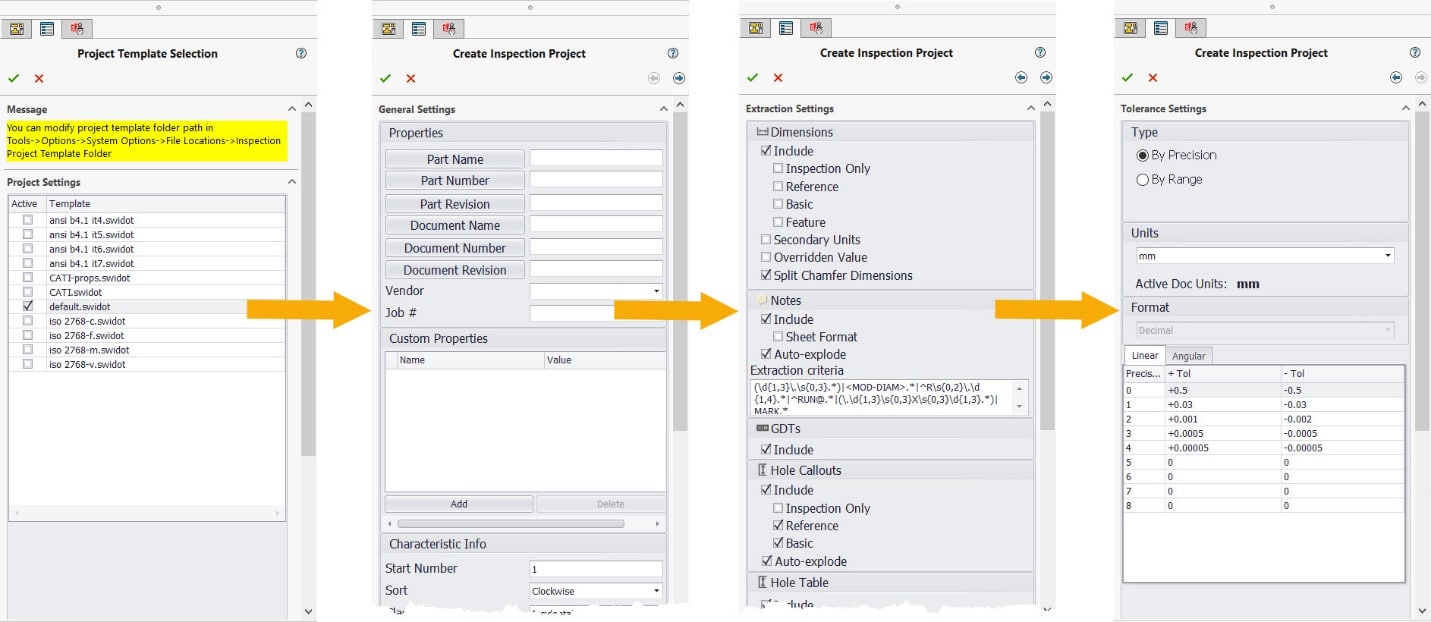
SOLIDWORKS Inspection then does the tedious work.
You have a ballooned drawing and a characteristic tree with tolerances and spec limits for each. Other important criteria can be added, which can be defined for any of the characteristics, like Inspection Method or even if it’s a key characteristic.
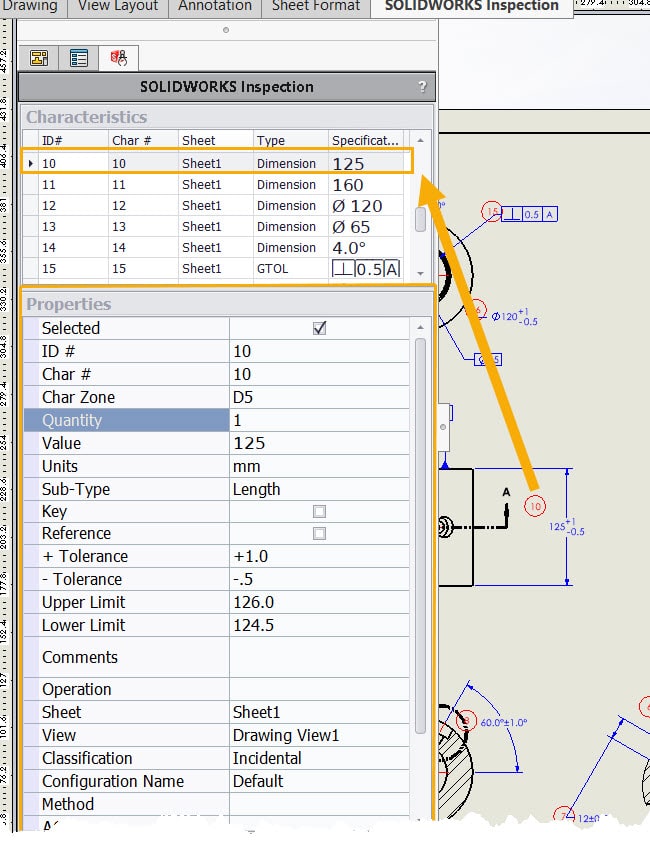
And when you are ready, these can be exported out to a ballooned PDF and all the information you require to a standard or customizable Excel template. Ready to take your measurements.

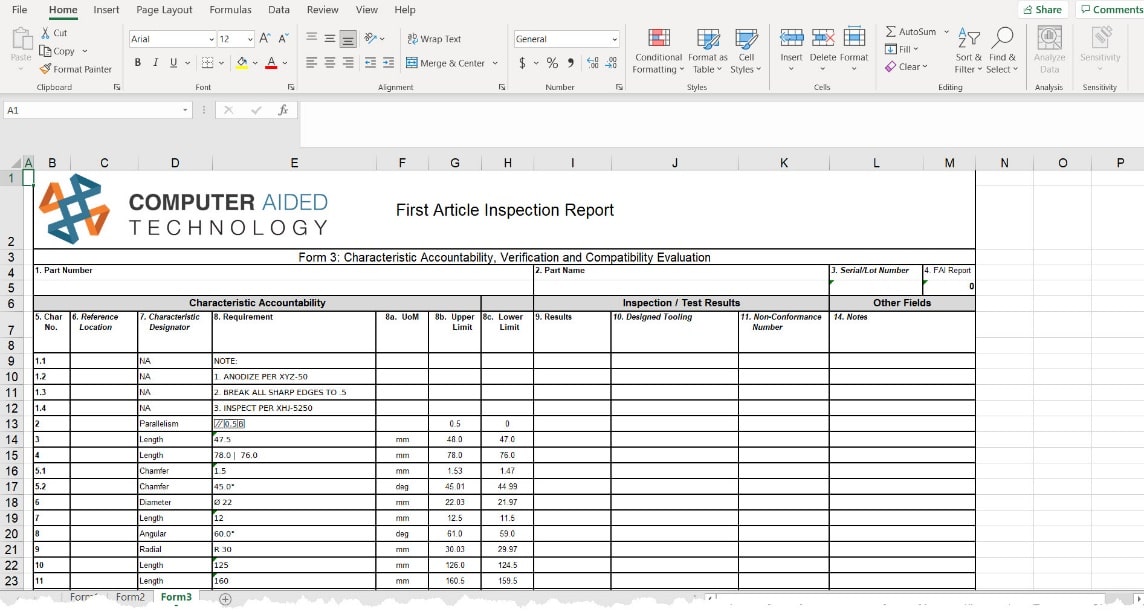
The Standalone interface works completely outside of SOLIDWORKS. Several file types, including PDF and DWG, can be inserted, and information can be extracted. Title block information, as well as Dimensions, GD&T, and notes, to name a few, can be pulled from the drawing.
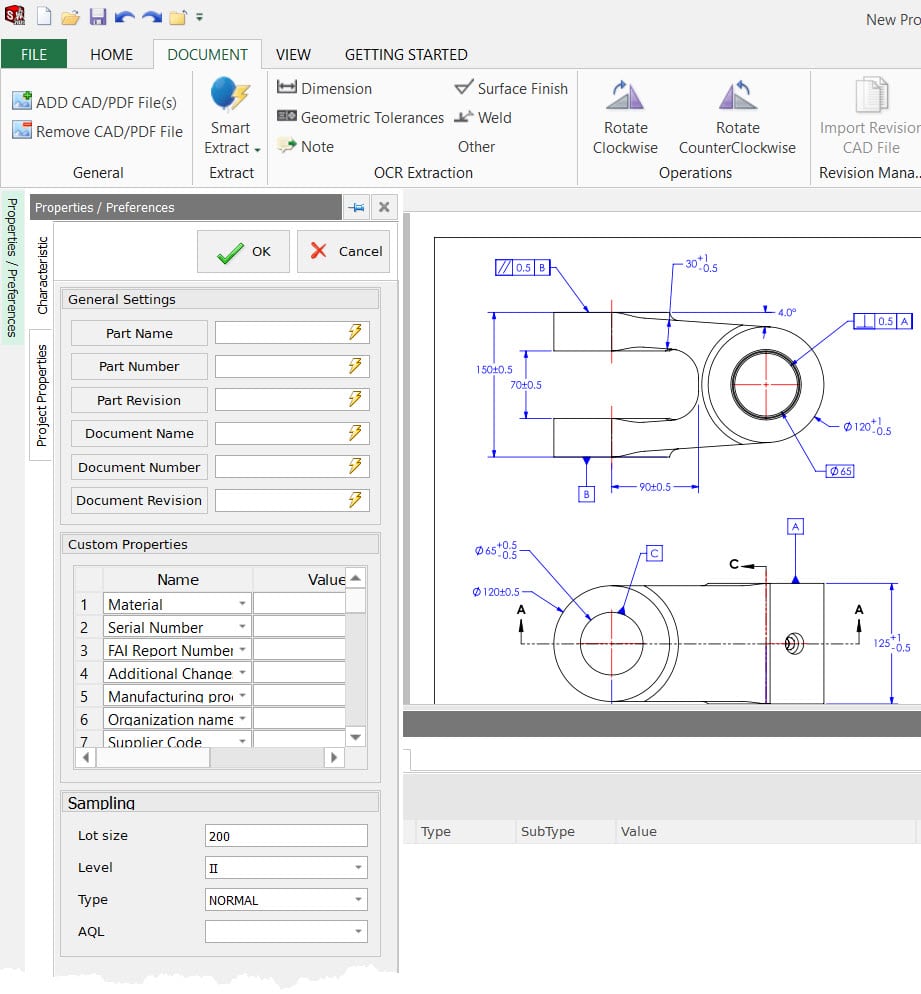
And just like in the Add-In, a characteristic tree is created, and information can be exported to an Inspection template.
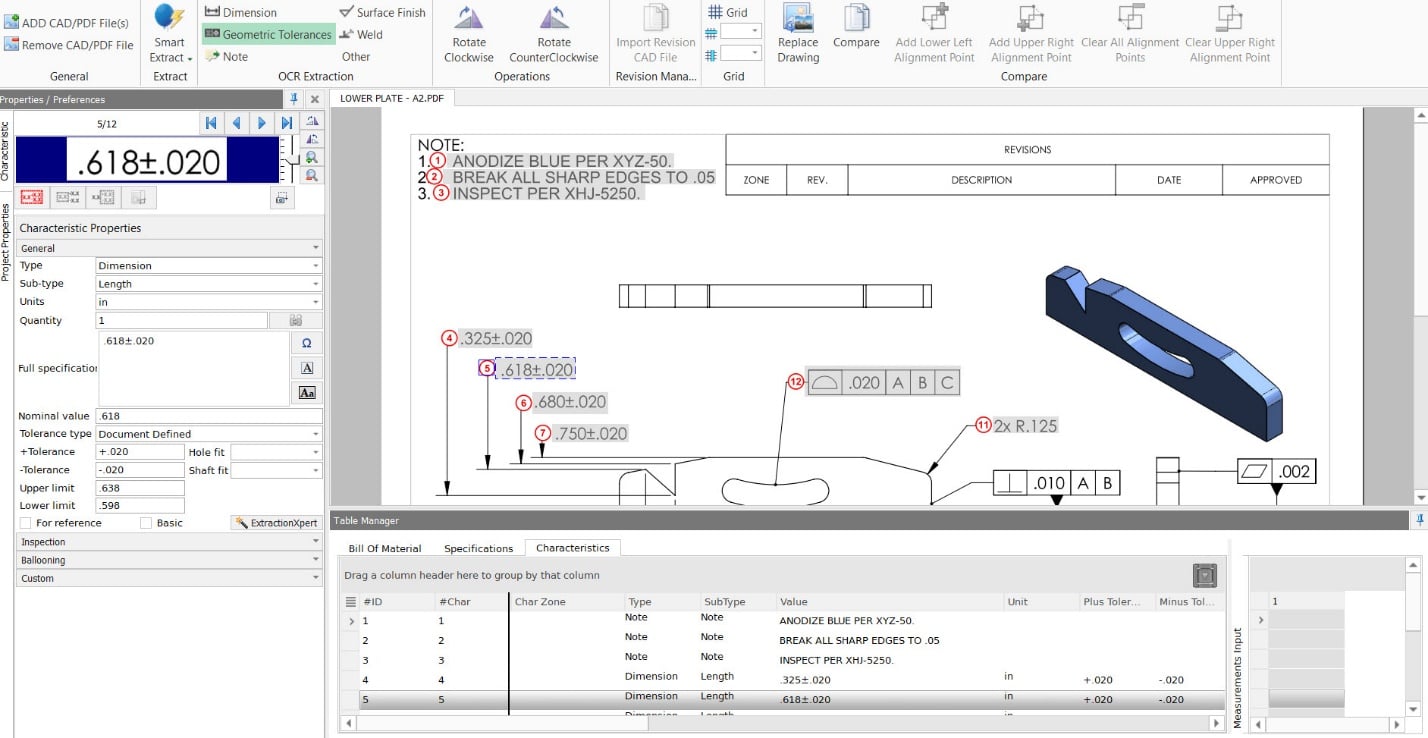
Everything so far has been part of Inspection Standard. Inspection Professional provides some additional functionality, some of which involve inputting and importing measurements. Within the Standalone, you can start entering measurements right in the inspection project, manually, or with a USB measuring device. CMM data can also be imported. Color coded measurements can even help you visually see where the trouble areas may be, right in the project.
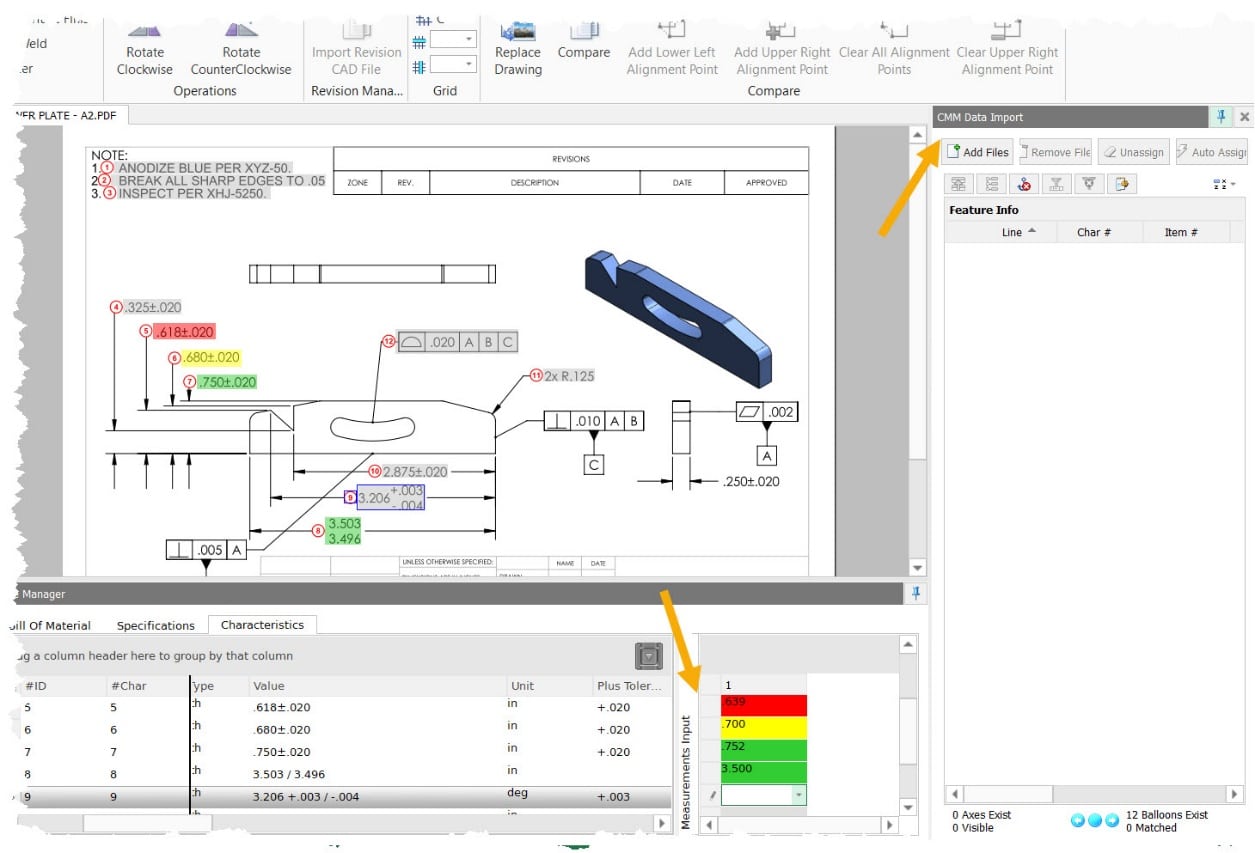
These are just some of the features of SOLIDWORKS Inspection. To learn more, check out this video:
To see if SOLIDWORKS Inspection is right for you, reach out to us at Computer Aided Technology.
Ryan Field
Sr. Application Engineer
Computer Aided Technology

 Blog
Blog